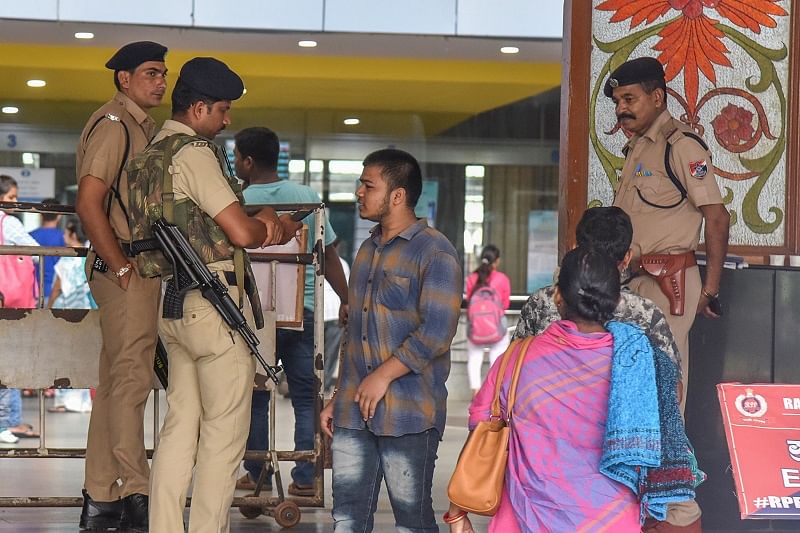Following a successful pilot programme, railway police are planning to install 150 facial-recognition cameras at the Bangalore City railway station to identify potential criminals.
The pilot project, which ran for four months from May to September 2019, and involved nine different cameras from nine different manufacturers to gauge their effectiveness, saw an average of 42 criminals identified per camera every day at certain locations.
“These individuals were pickpockets, thieves and other miscreants who were part of a 3,000-strong criminal database fed into the system,” explained Debasmita Chattopadhyaya, Divisional Security Commissioner of the Railway Protection Force, South Western Railway.
The database included known criminals and was provided by the government railway police.
The government is now in the process of offering a tender to adopt one system for wholesale adoption across railway stations in the state. However, the expectations for the new technology are steep, according to the Railway Protection Force.
“Unlike in the airports or at metro stations, where facial recognition technology contends with people in queues or lines, the facial-recognition technology we will be deploying at railway stations is capable of identifying faces in moving crowds of people,” Chattopadhyaya explained.
The railway police expect the measure to significantly cut down criminal acts at stations.
Cons of the system
While face-recognition technology is regarded as a critical component of upcoming security mechanisms, certain conditions can defeat the system, especially when people tilt their faces down, or wear hats or other garments which obscure faces.
